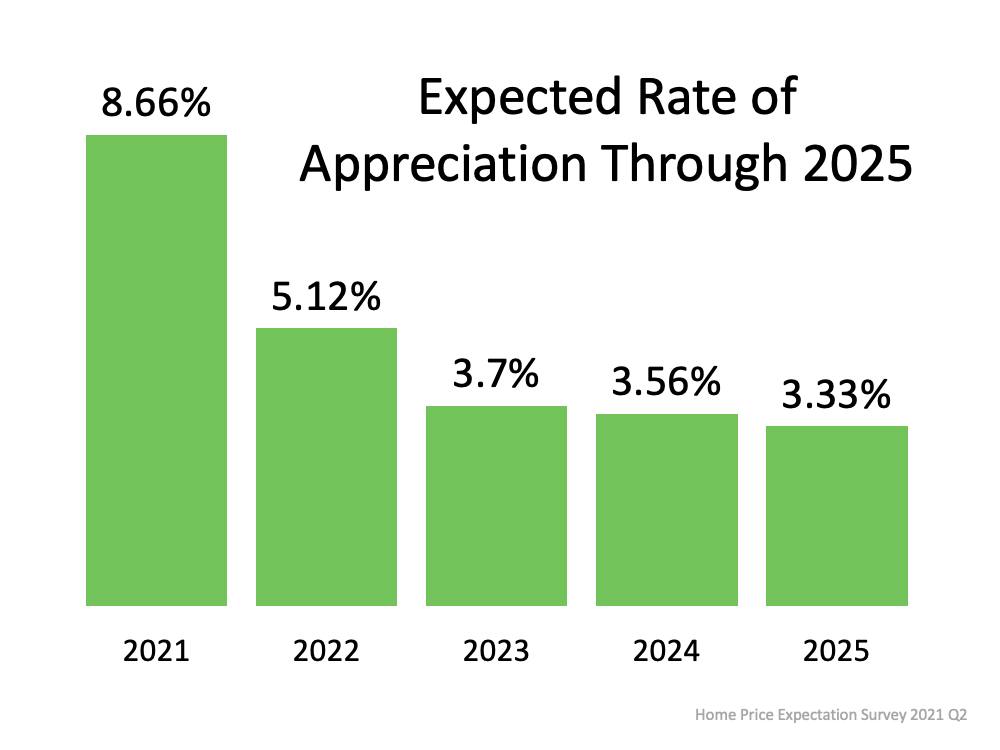Smart Kitchens, Smart Faucets
So-called “smart” devices are increasingly popular, adding new features and functionality to just about every room in your home. One room that you might not consider for a smart upgrade is the kitchen, but you should. There are a number of sensors and connected devices that can transform your kitchen into something special. One great option that’s often overlooked is the addition of a smart faucet to your sink.
While smart faucets aren’t as well known (yet) as other smart home add-ons such as smart lighting and smart thermostats, they can have a significant impact on how you use your kitchen. Not only can you turn the faucets on and off in different ways, but you can also have your smart faucets automatically save you money on your water bill. If you’re wondering whether a smart faucet might be a good addition to your home, read on for more info on just how these faucets can help you.
Smart Faucet Controls
One big advantage to smart faucets is that there are multiple ways to control the flow of water. In addition to standard handles or levers, many smart faucets contain features such as touch panels and motion sensors that allow you to turn the water on and off with little to no contact with the faucet itself. This adds convenience to using the sink in general, and can help keep your kitchen area clean if your hands are dirty or covered with batter or other substances that you wouldn’t want to clean off of everything later.
Depending on the model, some smart faucets can also be controlled remotely using apps or voice controls. In most cases, you can even pair the apps on your smartphone with digital assistants such as Alexa and the Google Assistant. This lets you control the faucet using Amazon Echo and Google Home devices, turning the water on and off as needed while doing prep work or otherwise getting things ready for the water.
Smart Water Usage
Another big benefit of smart faucets is the way that they help to control your water usage. The water-saving features of smart faucets help prevent wasted water by cutting off the flow when you aren’t actually using the sink. This keeps you from accidentally leaving the water running when you’re doing something that takes too long and can also help prevent drips and other problems that might occur when you don’t close a valve all the way.
Some smart faucets also let you track your water usage over time via their connected apps. This can make you more aware of how much water you’re using in the kitchen and may help you to ratchet back on your usage over time. Eliminating unnecessary water use will save you money and help the environment as well, and the awareness of how much water you’re using is a big part of cutting back on that unnecessary use.
Installing Your Smart Faucet
For the most part, installing a smart faucet is a lot like installing any other faucet. Depending on the faucet model, its smart features will be powered either by batteries or a nearby outlet; if the faucet is outlet powered, you’ll need to make sure that there’s a source of power close enough to hook the faucet up for it to work properly. Once installed, some smart features may require additional setup, especially if you plan to use the faucet with external devices such as an Echo or Google Home.
If you aren’t sure how to hook up a faucet or need a new outlet installed to power the smart features of your desired model, HomeKeepr can assist you in finding the help that you need. Whether you’re looking for a plumber, an electrician, or any other pro to help bring your smart kitchen to life, we can connect you with the top professionals in your area. Sign up for a free account today to get started.











